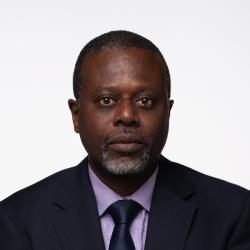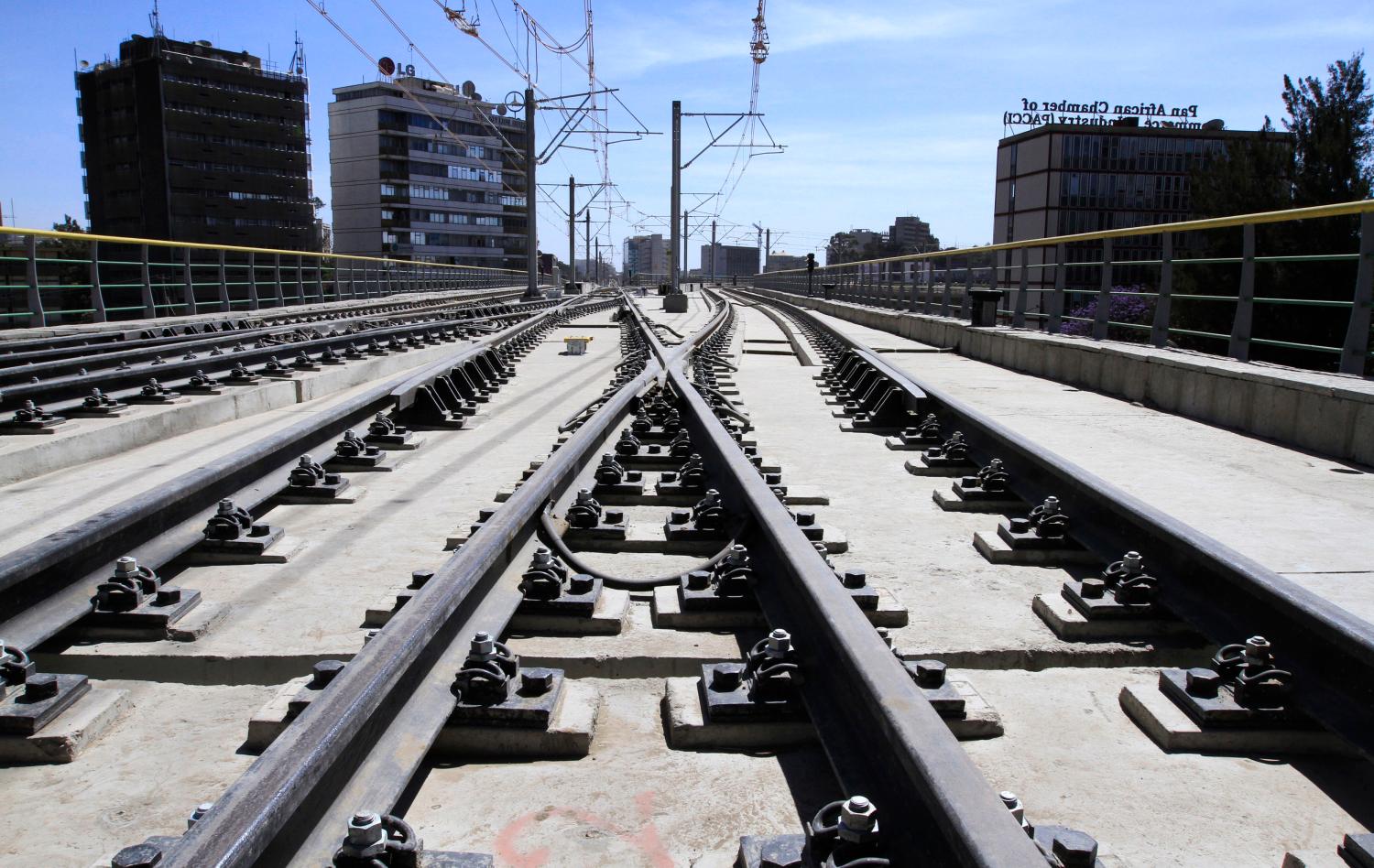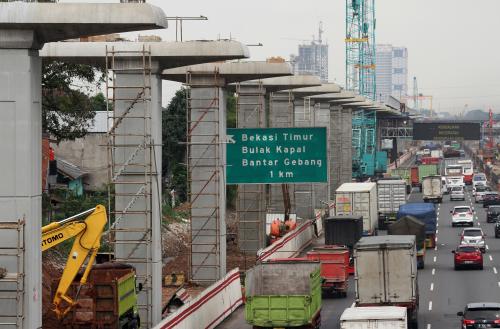Africa is the continent of the future. To realize its potential, Africa needs to reduce its massive infrastructure deficit to both achieve structural transformation and market integration. Africa is, however, constrained by its limited domestic revenue base and thus needs to tap into foreign finances. While progress has been made on the origination of large regional infrastructure projects, the needed scaling up of financing infrastructure has not yet materialized. While research on the incentive issues in a context of public-private partnership has been prolific, little attention has been paid to the appropriate structure of financing of infrastructure investment in developing countries, and in Africa in particular. This paper fills that gap.
From the perspective of investors, including long-term investors such as sovereign wealth funds (SWFs), investing part of their assets in infrastructure would provide them with the obvious benefit of portfolio diversification while helping achieve their risk-adjusted return objectives. Long-term investors such as SWFs constitute a pool of savings that can help alleviate the financing constraints of Africa’s infrastructure. SWFs as a class of institutional investors have gained prominence over the last decade, mainly as a result of the rapid rise of their assets under management (AUM). To date, SWFs have accumulated nearly $6 trillion in assets, and if one adds to this number the reserves accumulated by central banks, total accumulated savings in this sector approach $15 trillion. One can grasp the enormous size of this global sovereign wealth by comparing it, for example, to U.S. nominal GDP ($16.6 trillion in 2012), or to the IMF’s new arrangements to borrow ($576 billion in 2013), or even to the total market capitalization of U.S.-listed companies ($18.7 trillion in 2012). In addition to their relatively large size, SWFs have long investment horizons and are relatively much better placed to invest in long-term global infrastructure assets than most investors. In the infrastructure asset class, where there is a huge demand for funding, SWFs are likely to face less competition. One major reason SWFs are in a better position to invest in such long-term assets is that, unlike other traditional long-term investors such as pension funds, most SWFs do not have substantial explicit liabilities. They are also not subject to the “prudent person” investment regulations, which prevent other institutional investors such as pension funds from building a large exposure to long-term infrastructure projects.
While the case for SWFs and other long-term investors to invest in infrastructure-based assets is strong, the modalities of such a shift in their asset allocation, especially toward Africa-based infrastructure assets, constitute a real challenge. Indeed, the asset allocation toward infrastructure by SWFs has been very modest thus far. According to TheCityUK (2013), SWFs have invested solely $26 billion of their assets under management into infrastructure assets. SWFs differ widely in terms of their objective and their asset allocation. Notable exceptions of SWFs investing significantly in infrastructure are Singapore’s Temasek and the United Arab Emirates’ Mubadala.
A few major global pension funds also invest noticeably in infrastructure assets such as the Canadian Pension Plan, which invests about 5.7 percent of its total assets. Existing evidence for African countries suggests that pension assets are relatively small and dominated by often poorly performing pay-as-you-go (PAYG) schemes for public sector employees. Notable exceptions include countries in southern Africa such as Botswana, Namibia, and South Africa, and a few others such as Kenya and Nigeria. However, even when pension reforms toward fully funded systems have been implemented (like in Nigeria), and assets are available for investment, governance and regulatory obstacles as well as a dearth of adequate financial instruments limit African pension funds’ allocation
to infrastructure.
More generally, there are three main challenges for SWFs and other long-term investors contemplating investing in infrastructure assets. First, investment in infrastructure entails different types of risk compared to other asset classes. For example, the construction risks inherent in large-scale infrastructure can deter long-term investors whose propensity to take risks is relatively low considering their main objective, which is to preserve wealth. Second, SWFs and other long-term investors lack in-house expertise specific to infrastructure. At times, it is even crucial to possess the adequate expertise on infrastructure at the sectoral level (for instance, transportation, energy, information and communication technology, or water). OECD (2014a) stresses that more expertise at the level of board members will be required, perhaps including specialists that have appropriate asset and risk management skills. Third, the lack of standardization of underlying infrastructure projects is an important impediment to the scaling up of investment into infrastructure-based assets. Large physical infrastructure projects are indeed complex and can differ widely from one country and from one sector to the next.






